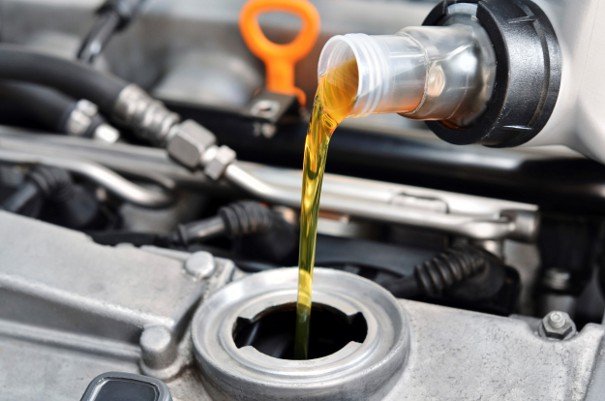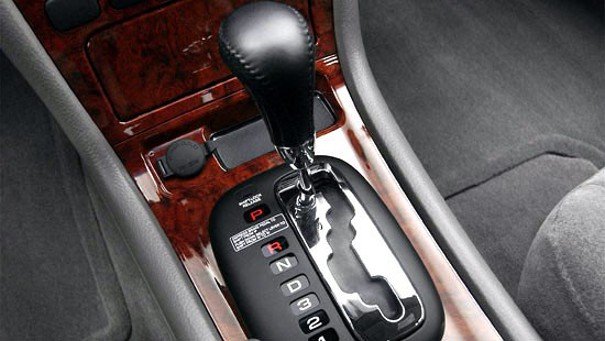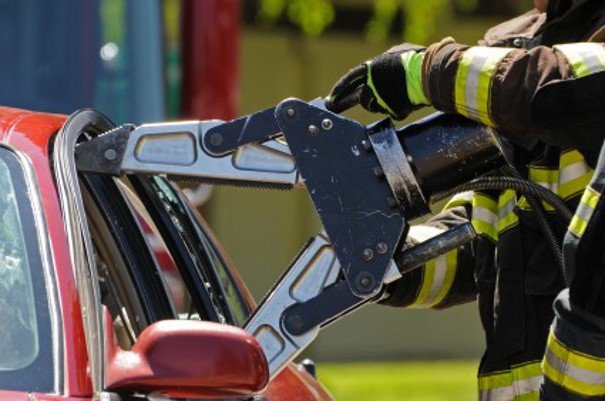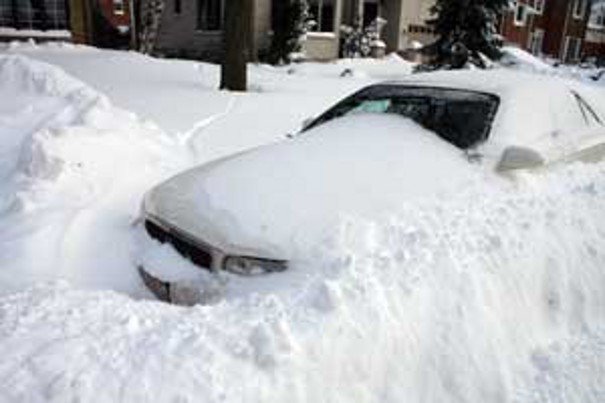
TOP FIVE DRIVING MYTHS DEBUNKED

There are plenty of “wise adages” and “essential rules” of driving out there. Unfortunately, quite a few of them aren’t true or helpful. Here are five driving myths that need to be laid to rest once and for all.
Myth #1: “Change the oil of your vehicle every 3,000 miles…OR ELSE!”
Service stations have advertised the 3,000-mile oil change tip for far too long. Most modern vehicles can drive 6,000 to 10,000 miles before needing an oil change. Drivers who operate tow trailers and/or drivers who are often in a lot of heavy traffic or extreme weather conditions may need their oil changed more frequently, but, for the most part, if you’re a casual driver you could probably get away with changing your oil every 6,000 miles or so. The distance required varies. Your best bet to ensure you’re not wasting your money on unnecessary oil changes is to review your owner’s manual to discover your vehicle’s true specific requirements.

Myth #2: “Talking on a hands-free headset is a safe alternative to talking on a cellphone while you are driving.”
This one simply isn’t true. To drive safely and efficiently, you should avoid any and all distractions. Driving with one arm while talking on your cellphone can pose the same risk as talking to someone on a hands-free headset because one of the biggest threats to your safety while driving is a distracted mind. Distracted drivers are the primary cause of a substantial number of police-reported accidents. If you are distracted while driving, this decreases your ability to react to unexpected situations in a timely and efficient manner. So don’t believe that you’re being THAT much safer by talking on a hands-free headset while you’re driving. The safest way to take a call while driving is to pull over (if possible) and then answer. If not possible just don’t answer until you are able to stop safely. The call can wait. Your safety can’t.

MYTH #3: “You should always shift an automatic transmission into Neutral at a red light.”
Your driving instructor might have told you this one day during a lesson or maybe your grandfather chastised you in front all of your friends once or maybe you just read this penny-saving tip online somewhere, but unfortunately this myth isn’t based off entirely accurate information. The myth seems inspired by an antiquated idea that if you keep the transmission in Drive while stepping on the brakes (i.e. at a red light) you can waste fuel and cause unnecessary wear on your vehicle’s driveline. In reality, keeping the transmission in Drive while stepping on the brakes causes minimal engine wear and fuel loss. In the end this behavior has such little effect on your attempts to “protect your drive line” and “save money” that all your hard work shifting from Neutral and back into Drive and then back into Neutral probably isn’t worth the potential damage you could cause by shifting gears so frequently.

Myth #4: "Always keep your doors unlocked so rescuers can save you in the event of an accident."
In theory, this makes some sense. You don’t want to get trapped in your vehicle during an emergency situation. Do you? Sounds like the beginning of a survival horror film. YIKES!
Unlocked doors are actually more likely to open during a collision, ejecting you or other passengers out of the vehicle unsafely. So you are better off (and safer) locking your doors rather than leaving them unlocked. Additionally, modern vehicles are equipped with an automatic mechanism that opens your doors after the airbags are deployed, meaning that if your vehicle is locked before a collision it might not remain locked after the collision. AND even if your doors remain locked after the airbags are deployed, rescuers can still break your windows to save you.

Myth #5: “Always warm up your car before you start driving…OR ELSE”
Who hasn’t heard and believed this myth at one point? “Warm up your vehicle before driving” is one of the most pervasive old wives’ tales out there. But, for most drivers this practice is costly, wasteful and unnecessary. Warming up your vehicle could cost you more money on gas, and it could damage your vehicle’s catalytic converter, a device located in your vehicle’s exhaust system that helps your car run efficiently. Cars are designed to handle cold temperatures, and unless the temperature outside is below zero [Fahrenheit], your vehicle should be ready to go when you are.
